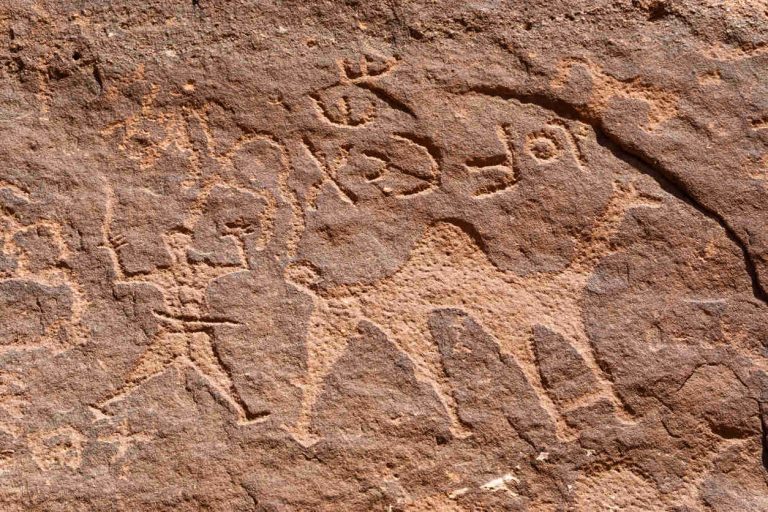…And you can visit them with Mandala Tours. These are caves in the Middle East or North Africa, which is the main area of work of our group’s agencies. And as you enter them, you will realize that, literally, true beauty lies within, in this case the earth. Some are fascinating due to the geological action and erosion of millions of years. Others, on the other hand, are the result of the work and beliefs of human beings, a species that has been on this planet for a very short time but that has modified it like no other, as these spectacular caves demonstrate.
Absalom Cave, in Israel
If you love caving, one of the best caves in the world to practice your passion is Absalom, located just 30 km west of Jerusalem. This cave, which is part of the Judean Mountains, also called Stalactites Cave, stands out precisely for its numerous and spectacular stalactites: it is not the largest in the world, as in fact this is not one of the largest in existence (it is ‘only’ 91 meters long), but it is striking for its concentration and its surprising variety of shapes, with special mention to its perfect banderoles. In addition, it is very well preserved and illuminated, which touches its visitors.
Subway City, Turkey
As can be deduced from the name, the Underground City (Derinkuyu Underground City) is a much larger space than Absalom Cave. But the most outstanding thing is the adaptation made by men centuries ago to turn it into what it was: a perfect habitat to live in. It is located in Cappadocia, a Turkish region famous for its fairy chimneys and rock formations of whimsical appearance. But what not everyone knows is that below the ground there are also spaces as striking as this one, 85 meters underground. It began to be used in the time of the Phrygians and remained so until the Byzantines, and was a place of refuge for the early Christians. early Christians. Its interior spaces are carved and conceived with a surprising mastery.
Cave of Lot, in Jordan
The cave was a very common habitat for ancient man. And for this reason it is very present in sacred texts and biblical episodes. An example of this is the Lot Cave, located in the southern part of the Jordanian (eastern) margin of the Dead Sea. According to tradition, Lot (Abraham’s nephew) took refuge here with his daughters after fleeing the destruction of Sodom and Gomorrah. And given this symbolism, a monastic complex was created here between the 6th and 7th centuries, and from that period remain the remnants of a magnificent Byzantine mosaic on the floor. Although its size and the interior appearance of its walls and ceilings are not as spectacular as the two previous ones, the fact that it is such an ancient and symbolic place for Christians, Jews and Muslims gives it a special attraction.
Cave of Hercules, in Morocco
In addition to the caves linked to monotheistic religions, there are others that have nothing to do with it, but their evocative power is similar. This is the case of the Cave of Hercules, near Tangier and Cape Espartel, in northern Morocco. The myth tells that the Greek hero Heracles (Hercules) spent the night here before heading to the Garden of the Hesperides for his eleventh labor. In addition, he fought and defeated Antaeus, a divine but evil character, who was locked in these galleries without being able to get out. Today, its attraction lies in its proximity to the Atlantic Ocean, whose waters overlook the entrance to the cave, which gives it a very special atmosphere.




